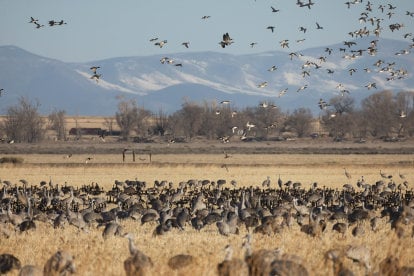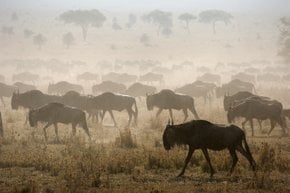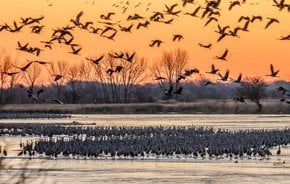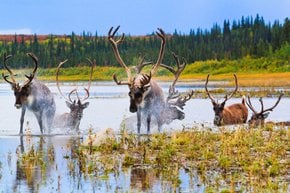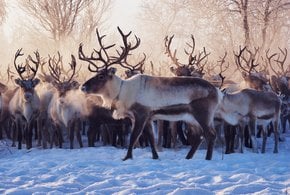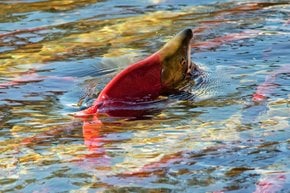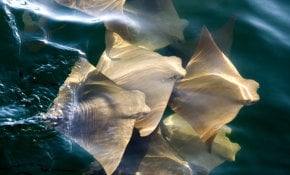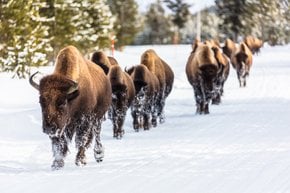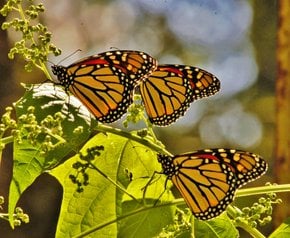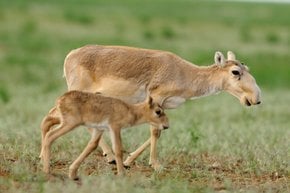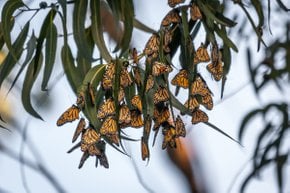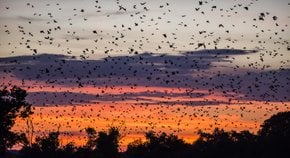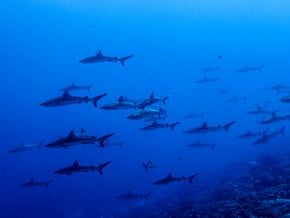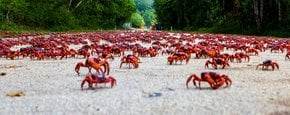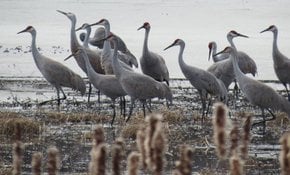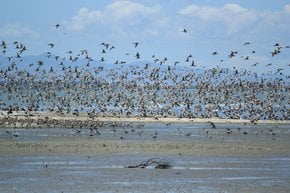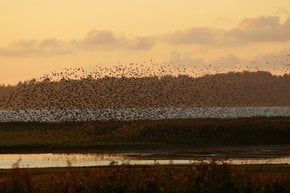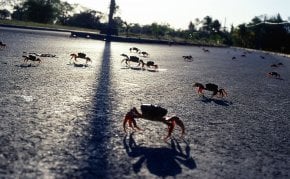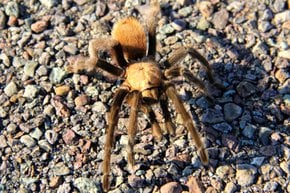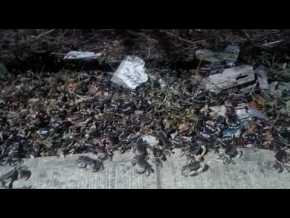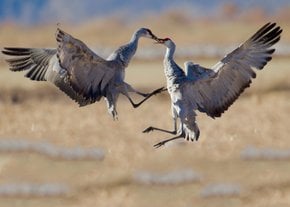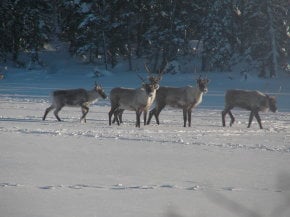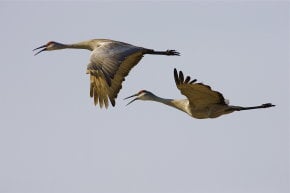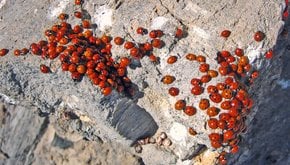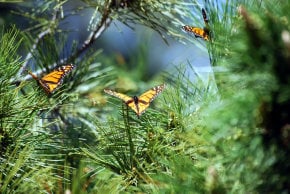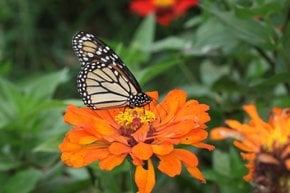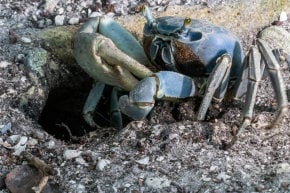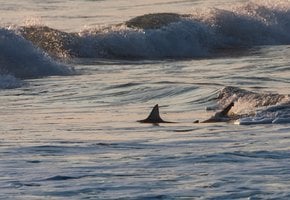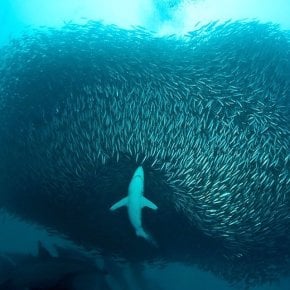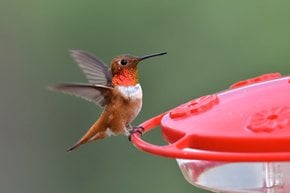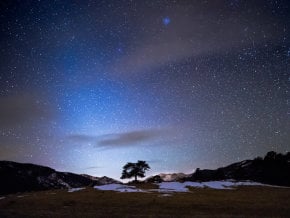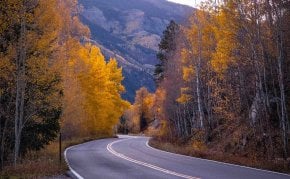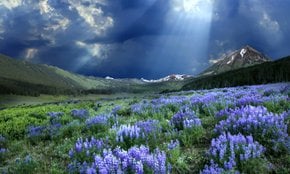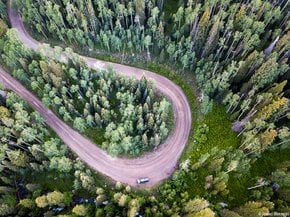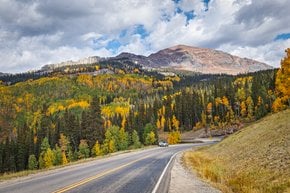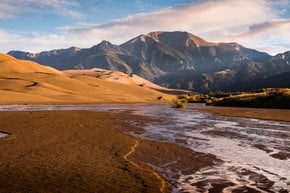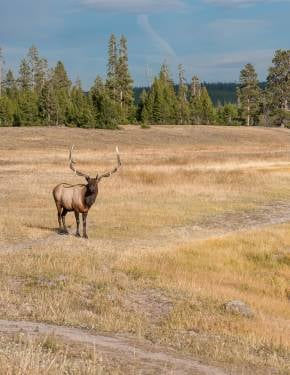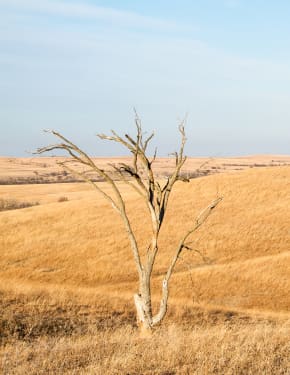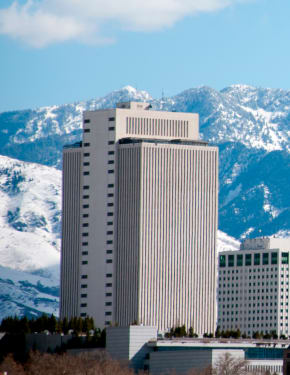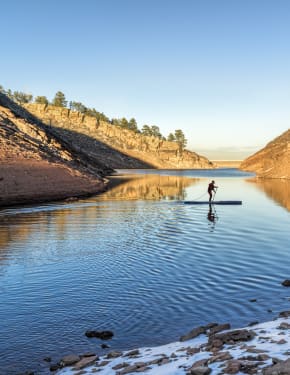Sandhill Crane Migration in Colorado 2026
Thousands of cranes can be spotted at the Great Sand Dunes National Park and Preserve in southern Colorado
Best time: late February–March | mid-September–mid-November
Since 10-million-year-old sandhill crane fossils were found in Nebraska, this bird is considered to be one of the oldest bird species on the planet. Sandhill cranes are quite common in North America, where the population of these majestic birds reaches half a million. These iconic birds travel thousands of miles each year between northern and southern states. About 20,000 cranes make a stop at the San Luis Valley in Colorado during their fall and spring migrations.
Cranes Migration Season
Sandhill cranes arrive in Southern Colorado in late February after spending cold months in New Mexico at the Bosque del Apache National Wildlife Refuge. They feed on leftover grains in farm fields and small fish in wetlands. In March, they continue their migration to nesting grounds in northern states and Canada. The majority of migrating cranes travel along Nebraska’s Platte River during their spring migration.
During summer, sandhill cranes prefer to stay in grasslands, swamps, and marshes, with some keeping the heat away in the boreal forests of Canada. However, in September, the birds return to the San Luis Valley and spend about a month there before leaving for New Mexico by late November.
Migrating Behavior & Process
After nesting and prior to migration, sandhill cranes tend to flock together in large groups in wetlands. These places are often known as staging areas and serve as a stopover for feeding and rest. While there, cranes can build up fat tissue, while others find their mates. As with many other bird species, sandhill cranes migrate to find warmer climates and abundant food sources. These birds normally travel during daylight, from morning until afternoon, when wind currents are the strongest. Sandhill cranes migrate in hundreds in a seemingly unorganized formation.
Where to See Sandhill Cranes
Sunset and sunrise are the best times to spot sandhill cranes, as they are most active during these periods. These birds prefer to stay in wetlands, farm fields, prairies, and barley fields, all of which offer plenty of food and water for the flock. Prime spots to witness sandhill cranes in Colorado include Monte Vista National Wildlife Refuge, San Luis Lakes State Wildlife Area, and Great Sand Dunes National Park.
Monte Vista National Wildlife Refuge
Monte Vista National Wildlife Refuge is the premier location for crane viewing in Colorado due to vast barley fields as well as wetlands, which provide habitat and food for cranes. Birds are often spotted on the roads around the refuge, in particular at Refuge Observation Pullouts along Highway 15, which traverses Monte Vista. The 2.5-mile (4 km) Wildlife Drive lies along wetlands and meadows, perfect habitat for sandhill cranes and other waterfowl species. Cranes can usually be spotted in the morning and late afternoon. Each year, wheat fields in this natural area are mowed to provide food for the birds.
Monte Vista National Wildlife Refuge is open year-round from one hour until sunrise until one hour after sunset. No entrance fee is required. Monte Vista also annually hosts the Monte Vista Crane Festival, taking place in the city itself. The festival is held on March 7-9 in 2025 and promises numerous tours in the refuge and San Luis Valley, expert talks, and craft & nature fair.
San Luis Lakes State Wildlife Area
San Luis Lakes State Wildlife Area is another good location with a large lake in the middle. Formerly known as San Luis State Park, this wildlife area is situated near Alamosa, Colorado. Cranes are often spotted at dawn on the north shore of the lake and wetlands in the northern area of the park. Mind that wetlands might be closed from mid-February to mid-July due to nesting.
Great Sand Dunes National Park and Preserve
Situated in southern Colorado, Great Sand Dunes National Park and Preserve is mainly known for its breathtaking vistas of dunes, some of the tallest in North America. The park boasts a fusion of terrains with a variety of grasslands, lakes, tundras, wetlands, and Sangre de Cristo mountains, all on 149,028 acres (60,309 ha). Approximately 250 bird species visit San Luis Valley, Great Sand Dunes Park included, and explore the wetlands nearby. Several hundred cranes can be seen in the areas near the water. However, some locations are privately owned and cannot be accessed.
The park is open year-round. A standard pass to the park costs $15 per person and $25 per vehicle. An annual pass costs $45, while the America the Beautiful pass offers discounted prices for seniors and is free for the military, people with disability, and 4th graders.
Other Viewing Areas
The Rio Grande State Wildlife Area also hosts some cranes during the migrations. Alamosa National Wildlife Refuge also attracts some sandhill cranes, but the numbers are significantly lower than in the nearby Monte Vista National Wildlife Refuge. This is caused by fewer farming activities and drier wetlands.
Practical info
External resources
- Great Sand Dunes National Park I Sandhill Crane Migration (Official Website)
- Monte Vista National Wildlife Refuge (Official website)
- Monte Vista Crane Festival (Official website)
- Alamosa I Sandhill Crane Migration (Official website)
- Colorado Cranes I Sandhill Cranes (Official website)
- The Nature Conservancy I Sandhill Cranes (Official website)

